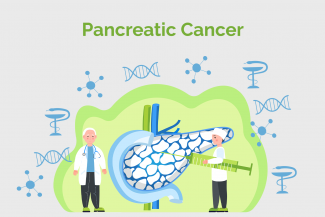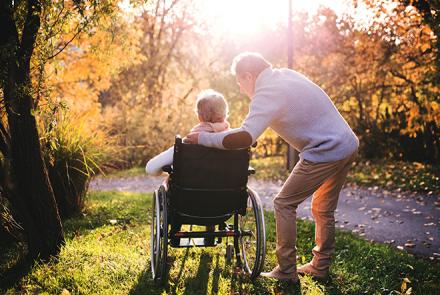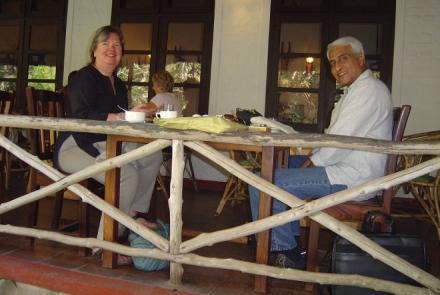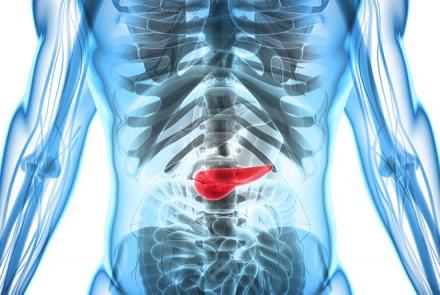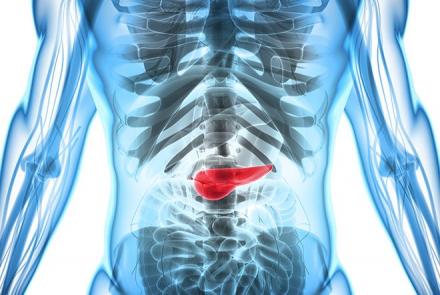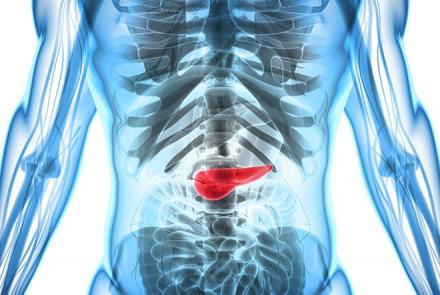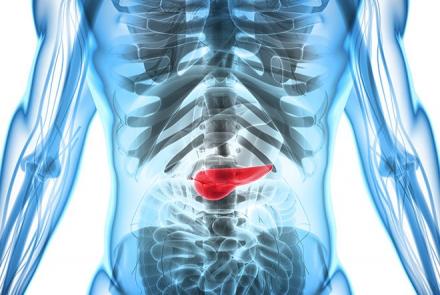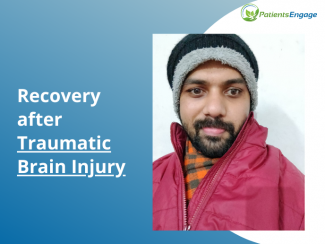The early stages of this cancer do not usually produce symptoms, so the disease is generally advanced when it is diagnosed. Its often referred to as a "silent killer". The estimated 5-year prevalence of people in the world living with pancreatic cancer is 4.1 per 100,000. This cancer is almost always fatal.
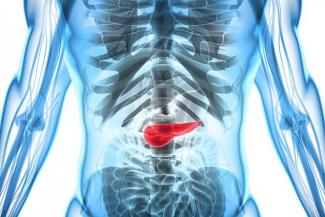
Pancreatic is known for not presenting any symptoms early on, making it one of the most difficult cancers to catch in early stages. Symptoms when they do show depend on the exact location and type of cancer. Symptoms are also non-specific and can be quite ambiguous. Symptoms can be due to other gastrointestinal conditions and often seem to come and go. These include:
- Abdominal and back pain; is usually worse after eating or while lying down. Sitting forward may seem to provide relief.
- Unexplained weight loss; this is a common sign of cancer and usually means that food is not being well digested.
- Steatorrhea or fat in stools is a common symptom. Stools become larger, paler, smelly and remain afloat even after flushing.
- Jaundice which is yellowing of skin and sclera of the eyes; is due to increased bilirubin in the blood.
- Indigestion; along with increased heartburn or diarrhea or constipation.
- Loss of appetite
- Nausea or vomiting
- Increased blood sugar levels due to pancreatic cells malfunctioning. This can even lead to diagnosis of Diabetes.
- Others such as fatigue, fever, and sudden blood clots in veins.
Changed
06/Jan/2018
Condition

